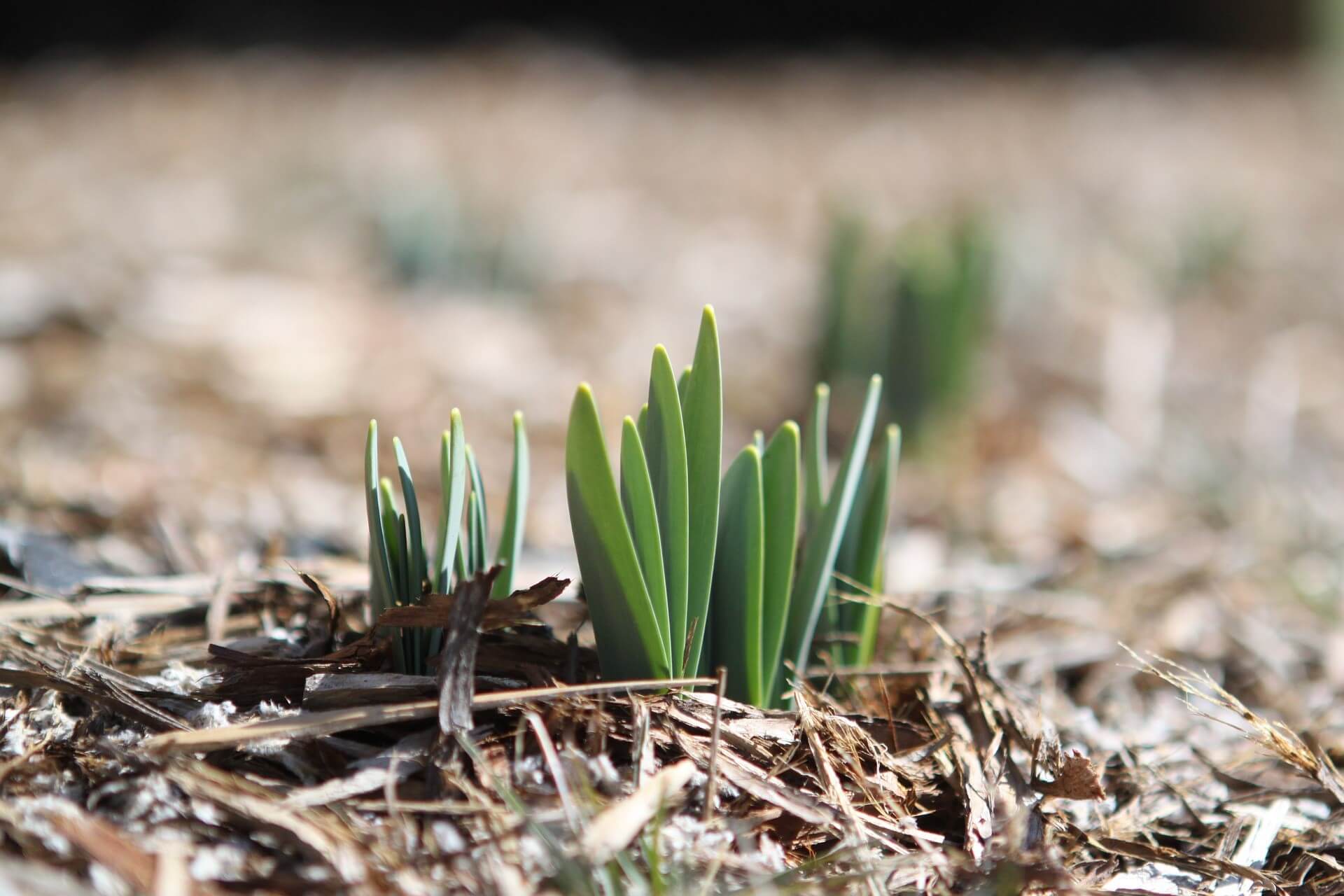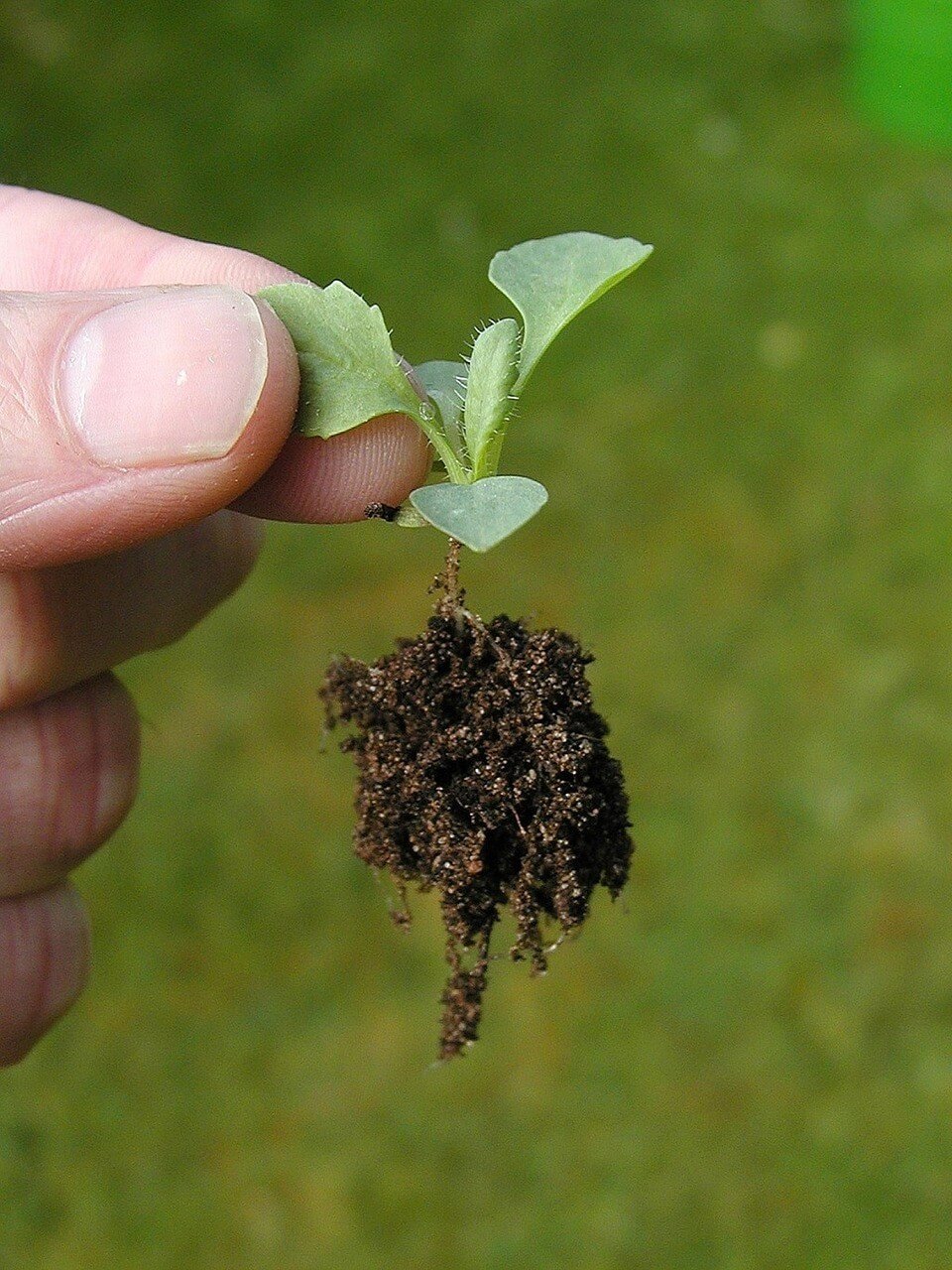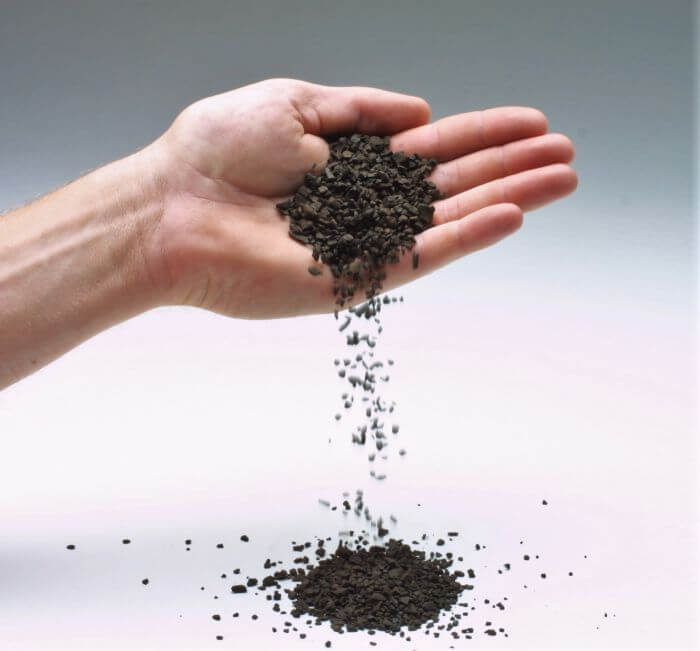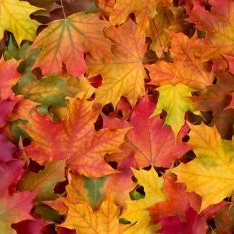As a society, we are very motivated to make our lawns and gardens look the best that they can be. We buy expensive plants, lay down pallets of sod, and install the latest and greatest sprinkler systems to make sure the grass stays green as long as possible. When everything on the surface looks green and healthy, we forget what’s going on beneath the surface.
Underground, there is an entire world of microorganisms, bacteria, fungi, insects, and earthworms working hard to keep everything in balance. This ecosystem thrives or dies based on what is added to the soil. There are more microorganisms in a teaspoon of healthy soil than there are people on earth. If they are not given the right tools to do their job, everything above ground suffers.
There is a symbiotic relationship between plants and these micro-helpers when it comes to healthy plant life. Some of these organisms are consumers, while others are decomposers. An example of a consumer would be an earthworm that eats organic matter and excretes soil castings, which are then consumed by other organisms, and the cycle continues. Bacteria, on the other hand, are decomposers. They take organic matter and turn it into usable matter for plants and other organisms.




So where do plants come in?
As plants grow, they release organic matter around their root systems, which help to create a safe zone for all those microorganisms, called the rhizosphere. This zone helps create an underground street market where plants and organisms trade nutrients and organic matter back and forth. A main player in the rhizosphere is fungi, and more specifically mycorrhizal fungi. Have you ever pulled up a plant and noticed the hair-like strands attached to the root system? That’s mycorrhizal fungi. They help expand the area a plant’s root system can inhabit. As you can see, there is a lot going on beneath your feet.
How can we help keep this micro-world thriving?
When treating your lawn, make sure you’re using organic products. Synthetic products may introduce specific nutrients into the soil, but they are short-lived and not readily available to the life below the surface. Many times, when you apply synthetic products to your landscape, it actually kills off the beneficial microbes in the soil, leaving it void of life and unhealthy. Great indicators of healthy soil are earthworms. If you find them easily in your lawn then your soil is healthy! The color of your soil can tell you a lot as well. An unhealthy soil is typically light in color, almost grey and chalky. If it is a rich dark brown and looks like chocolate cake, you’re on the right track. Some soils, like clay, need a helping hand to break up and soften them for better root growth. Buying a high end Humate or bio-char product can help with breaking up hard soils and allowing the nutrients in the soil to be more readily available to all the life inhabited there. A lot of times we want results fast and tend to buy what’s easiest. Synthetic products can give us a “quick fix”, but they dissipate quickly and do serious damage to your soil quality. When your soil health is poor from years of synthetics, it can take a long time to bring it back, and cost far more than the organic options you could have used early on. The less beneficial microbes in your soil, the more likely you are to have harmful diseases and pests attack your lawn. While you may not be able to see them, know that there are billions of tiny little workers below your feet working hard, and with the right tool, they will keep your lawn looking green and lush!



